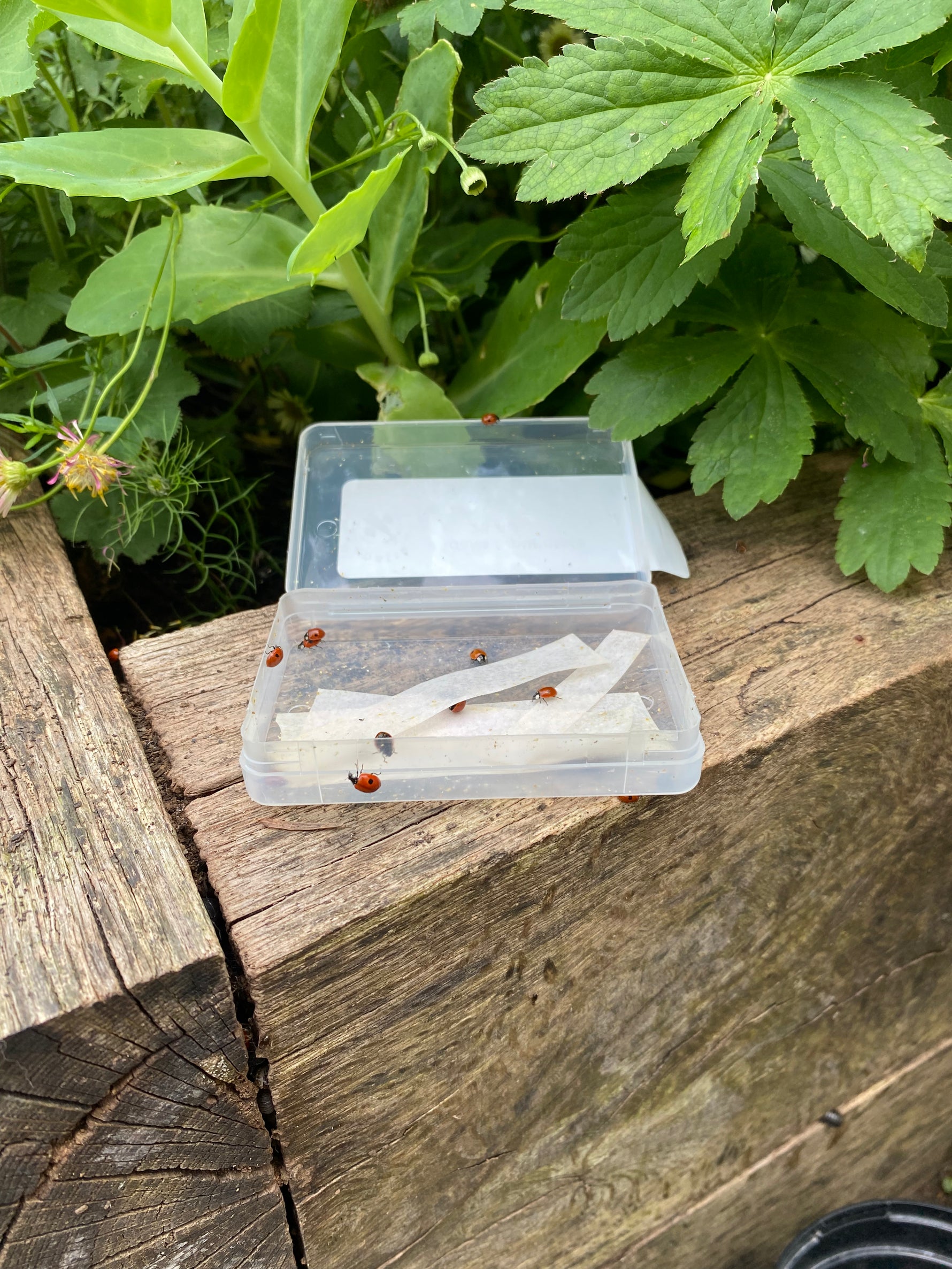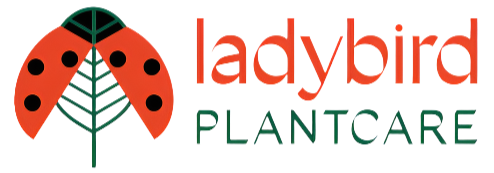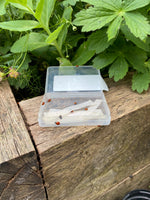
Ladybirds for Aphids
£28.00
Unit price perSome variants have been taken off sale while supply catches up with demand, they will be back within a week. A great alternative to ladybird larvae are aphid midge, or for larger areas lacewing larvae, both of these can be found here.
Both Ladybird adults and their Ladybird larvae are voracious eaters and can make a real difference to aphid (greenfly and blackfly) infestations both under glass and outside.
The ladybirds we supply are Adalia Bipunctata - the red two-spotted ladybird. They are one of many native species in the UK. Ladybirds are one of the most popular controls for aphids but they do not prey on other insects so will not help with pests such as thrips and spider mite. You can read instructions on how to release ladybirds for aphid control HERE.
The larvae are a more reliable predator as they cannot fly away.
If you have a large area to treat or have aphids in multiple areas of your home or garden then Lacewing larvae may be more suitable.
Some pack sizes are only available March to September.
Orders placed by 10am Monday will be despatched later in the week.


